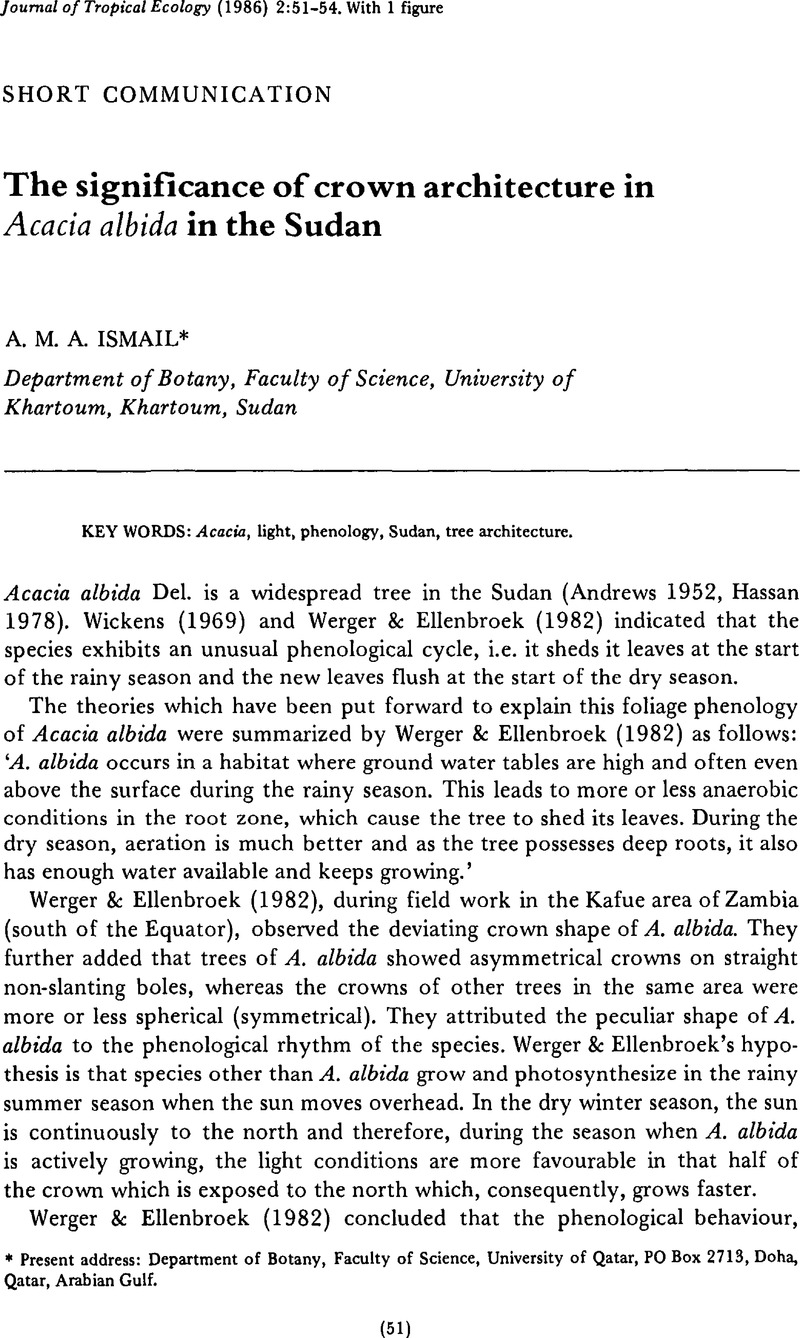Crossref Citations
This article has been cited by the following publications. This list is generated based on data provided by Crossref.
Rhoades, C.
1995.
Seasonal pattern of nitrogen mineralization and soil moisture beneath Faidherbia albida (synAcacia albida) in central malawi.
Agroforestry Systems,
Vol. 29,
Issue. 2,
p.
133.
Sileshi, Gudeta W.
Nyoka, Betserai I.
Beedy, Tracy L.
and
Chanyenga, Tembo
2014.
Modelling the scaling of stem growth with crown size and optimum stocking densities for systematic grid plantation of Faidherbia albida.
New Forests,
Vol. 45,
Issue. 5,
p.
699.
Sileshi, Gudeta W.
2016.
The magnitude and spatial extent of influence of Faidherbia albida trees on soil properties and primary productivity in drylands.
Journal of Arid Environments,
Vol. 132,
Issue. ,
p.
1.
Sileshi, Gudeta W.
Teketay, Demel
Gebrekirstos, Aster
and
Hadgu, Kiros
2020.
Agroforestry for Degraded Landscapes.
p.
349.





